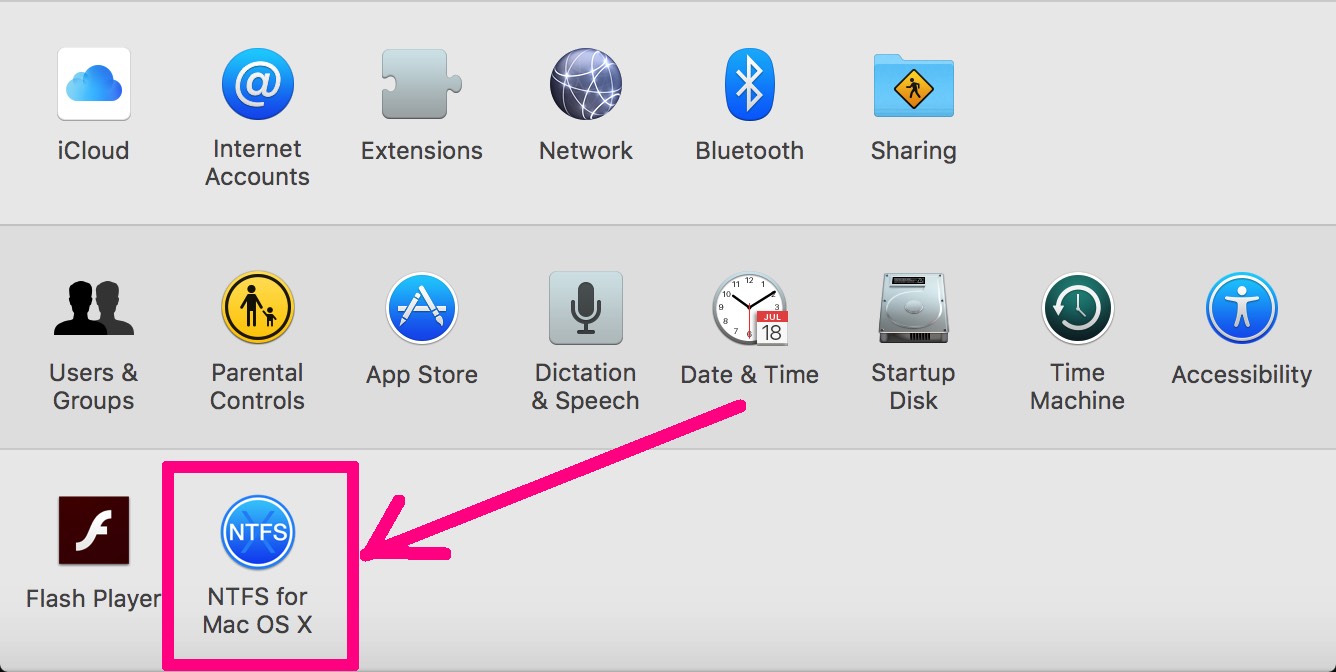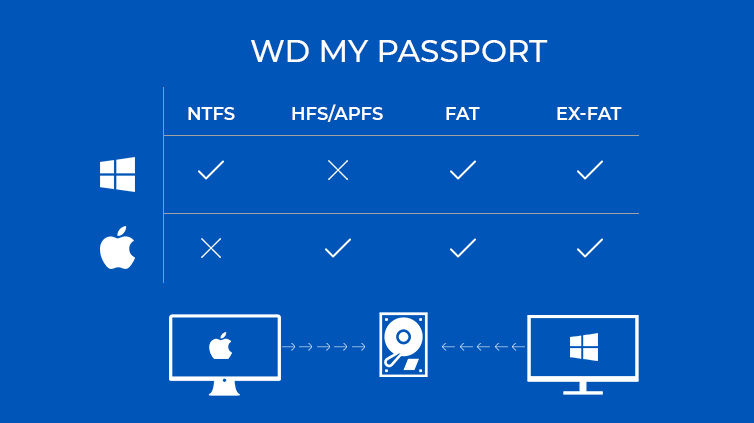
- Format a ntfs hard drive for mac for mac#
- Format a ntfs hard drive for mac mac os#
If you want to start up again from the disk you erased, select Reinstall macOS in the utilities window, then click Continue and follow the onscreen instructions to reinstall macOS. Quit Disk Utility to return to the utilities window. After the erase is done, select any other internal volumes in the sidebar, then click the delete volume (–) button in the toolbar to delete that volume.ĭuring this step, disregard any internal volume named Macintosh HD or Macintosh HD - Data, as well as any volumes in the External and Disk Images sections of the sidebar. If you don't see this button, click Erase instead. Format: APFS or Mac OS Extended (Journaled), as recommended by Disk Utility. Convert Hard Disk or Partition to NTFS format. Run the mkfs command and specify the NTFS file system to format a disk: sudo mkfs. To write or delete on your NTFS hard drive in Mac operating system, you are required to use a third-party driver. Each time you re-install Linux and format your hard drive partitions. Mac OS Extended (HFS+): Mac operating system can only read NTFS hard drive by default. The most efficient format for Mac Users is Mac OS (Journaled) or APFS The most efficient format for Windows users is NTFS. Best Format for External Hard drive For Mac: Mentioned below are some of the best formats for external hard drives for the Mac operating system. If you are having disk errors, it may be your drive needs reformatting.

Click the Erase button in the toolbar, then enter the requested details: 15) This driver provides write access for Seagate external drives in Mac OS without having to reformat. The format of your drive will greatly affect the library performance.Select Macintosh HD in the sidebar of Disk Utility. (The Mac can handle FAT hard drives just fine, but chokes with NTFS hard drives.) When you insert a Windows-formatted disk, whatever the type.This free NTFS for Mac software works in a flow of Mac mounting NTFS drives in read-only mode first, and a notification pops up when it's ready, then remounting the disk with write access in Finder. From the utilities window, select Disk Utility and click Continue. Once installed and launched, this utility will be a menu bar utility with plain interface, only showing the list of remounted NTFS drives.If asked, select a user you know the password for, then enter their administrator password.

Start up from macOS Recovery: Turn on your Mac, then immediately press and hold these two keys until you see an Apple logo or other image: Command (⌘) and R. On the other hand, beyond 2.5TB HDDs can sometimes be poorly recognized if they are not properly formatted in NTFS / GPT partition. When the driver is installed, you format your NTFS disks with Disk Utility where you select Windows NT Filesystem as the format.






 0 kommentar(er)
0 kommentar(er)
